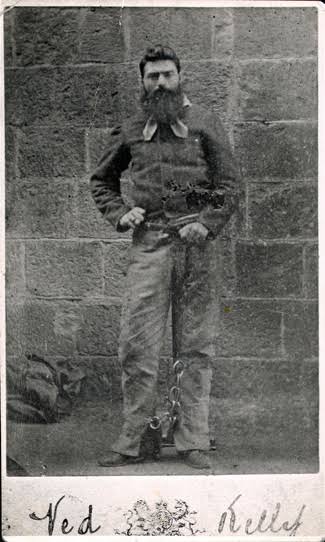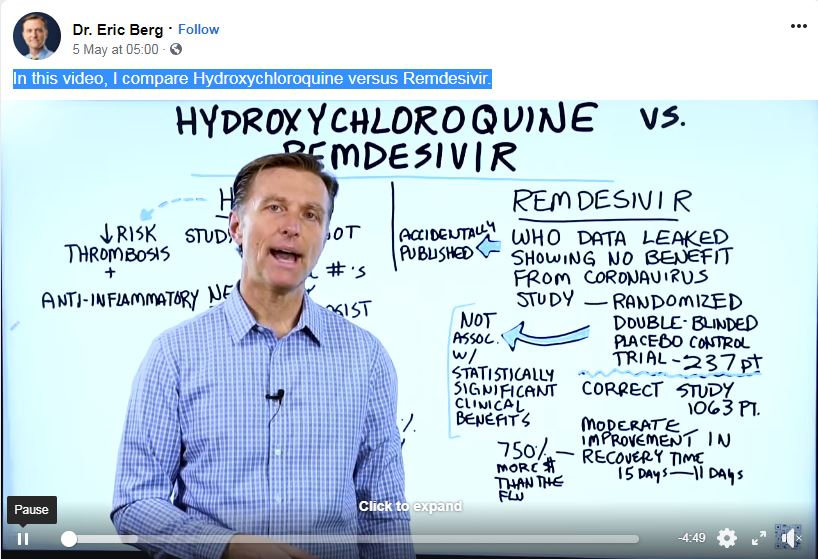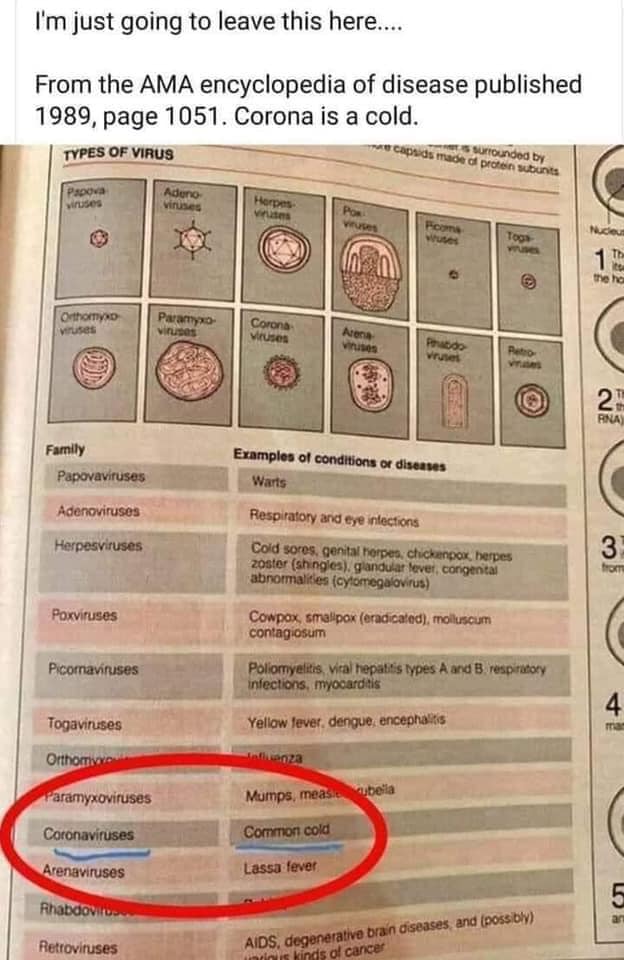Australian doctor on the FLU vaccine:
“Are GPs wasting their time with the flu vaccination program?
Professor Chris Del Mar — GP, Cochrane reviewer and one of Australia’s best known public health academics — believes Australia’s flu vaccination program, a key component of GP care, is ineffectual and a waste of GPs’ time.
In this edited extract from a speech delivered to the GPDU conference on the Gold Coast last week, he explains his reasoning.
I was actually asked to give a rant, so I’ve been working up some froth in my mouth.
But it’s also an opportunity for me to put up this idea: that public health is overselling the influenza vaccine.
We as GPs are at the front line tasked with promoting the vaccine to our patients. I want to discuss some data that makes me question this approach.
Influenza is a threat, and we should worry about it. A hundred years ago, roughly 50 million people died worldwide from this virus. It was the first modern pandemic.
I am not antivax in general, but the influenza vaccine has got intrinsic disadvantages compared to other vaccines: it is needed every year; it’s not a life-long vaccine as with most other viruses because of the way the virus itself changes, because it changes its protein structure every year – we have to guess what the next seasonal virus will look like to produce each year’s vaccine.
That is obviously going to be hopeless for a pandemic, which by definition is a virus that changed so much we’ve got no immunological defence to it. When we’ll need the vaccine most, it’s going to be least effective.
But more than that, the influenza vaccine simply is not very effective.
Data from a recently updated trio of Cochrane reviews (references provided below) shows the effect of influenza vaccine in randomised trials.
It reduced the risk ratio of getting influenza confirmed by the laboratory quite optimistically, down to 0.4.
That means less than half the number of people vaccinated ended up getting laboratory-confirmed influenza.
But if you look at the difference in absolute rate differences, you see that 23 cases per thousand gets reduced by nine cases per thousand.
That’s around a 1% difference. This is because true influenza is actually quite rare a disease for us individually, roughly once every decade.
Influenza is swamped by “influenza-like” illness.
Beyond that, the vaccine’s efficacy has not been tested well enough for serious effects – like hospitalisations, and pneumonia. There are too few randomised controlled trials with this outcome. People keep relying on observational studies, and increasingly, on surrogate outcomes.
For us as GPs who care for people with influenza-like illness, the flu, there is a very, very small difference in terms of the protection offered from the influenza vaccine.
You then have to think about the real interest in the flu vaccine from a public health perspective.
It is not simply whether or not people get the flu; it’s whether they get really sick from it.
And if you look at the Cochrane data for time off work and school there is no statistical difference in all the trials that have been done.
For hospital admission, there is a tiny difference – and it is not significant.
So it can’t be demonstrated from randomised trials that you keep people out of hospitals by vaccinating. Similarly for other serious consequences such as pneumonia – which is what killed so many people 100 years ago – you don’t see any difference there either.
And death as an outcome? Ditto. You can’t show any difference.
On the other side of the coin, that is the harms from the vaccine; well, it can give you a fever. In children, we’ve estimated informally, with an infectious diseases colleague of mine, Professor Peter Collignon, that about one in 100 children who are vaccinated probably have a febrile convulsion by extrapolating the data, as well as other more mild adverse effects as well.
There have even been the occasional deaths following the influenza vaccine, most particularly in children – one in WA and one in Queensland.
So there is some definite adverse effect from using the vaccine.
But mostly the problem with influenza vaccination is the huge amount of effort involved.
Our practice spends a lot of time sending out reminders, queuing people up, getting the vaccines ready, figuring out who’s eligible and who has to pay.
It’s quite a lot of churn to get people vaccinated.
There’s other issues as well.
Based on purely observational data, the best protection from serious illness, particularly in a pandemic situation, may be having had wild flu before.
That could explain why in the two little pandemics we have had recently – Swine flu and Bird flu – the people who we thought were going to get creamed by this, such as the elderly in nursing homes, were actually fine.
Similarly, it also looks as if the efficacy of the vaccine wears off in just a few months, from other observational data.
Instead, unexpectedly odd groups in society were affected – people who were obese, women who were pregnant, people with asthma.
The next question is, well if we’re not going to promote the flu vaccine, is there anything else we should do instead?
Neuraminidase Inhibitors?
We know it may or may not help individuals with symptoms, but from a public health response, they were hopeless.
So what about hygiene and handwashing?
There’s very good data to show at reducing acute respiratory infections by washing your hands and wearing a mask. Maybe we should be promoting much more of that.
I feel obliged to explain to my patients the controversy around influenza vaccines and let them know that I haven’t had it myself, thus saving myself 20 bucks.
What’s going to change this?
I think it’s people like us GPs who are likely to challenge [the attitudes towards the vaccine]. It’s not the people who do the systematic reviews. If we GPs say, ‘it looks to us that the emperor’s got no clothes on’, then maybe people will take this issue more seriously.”



